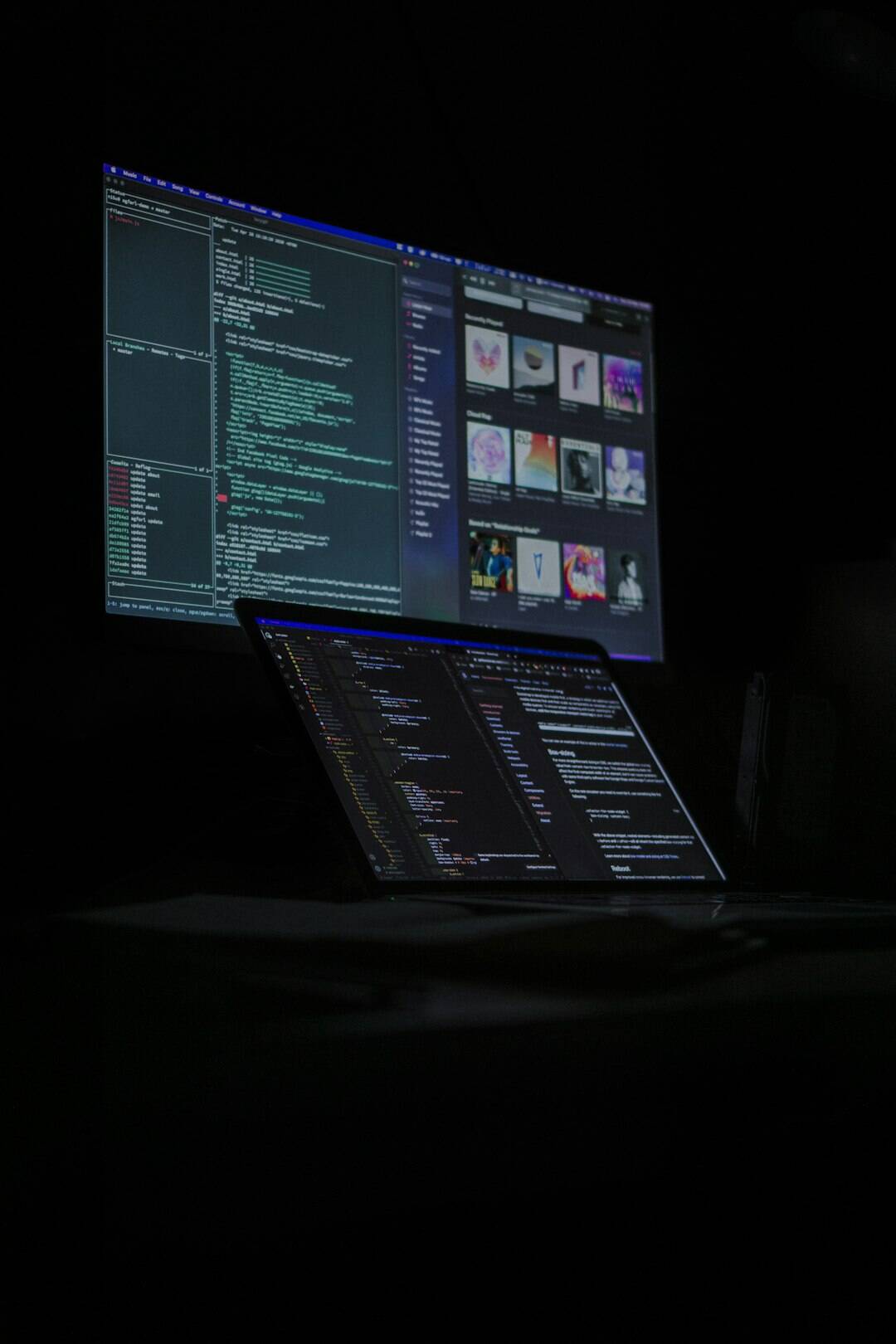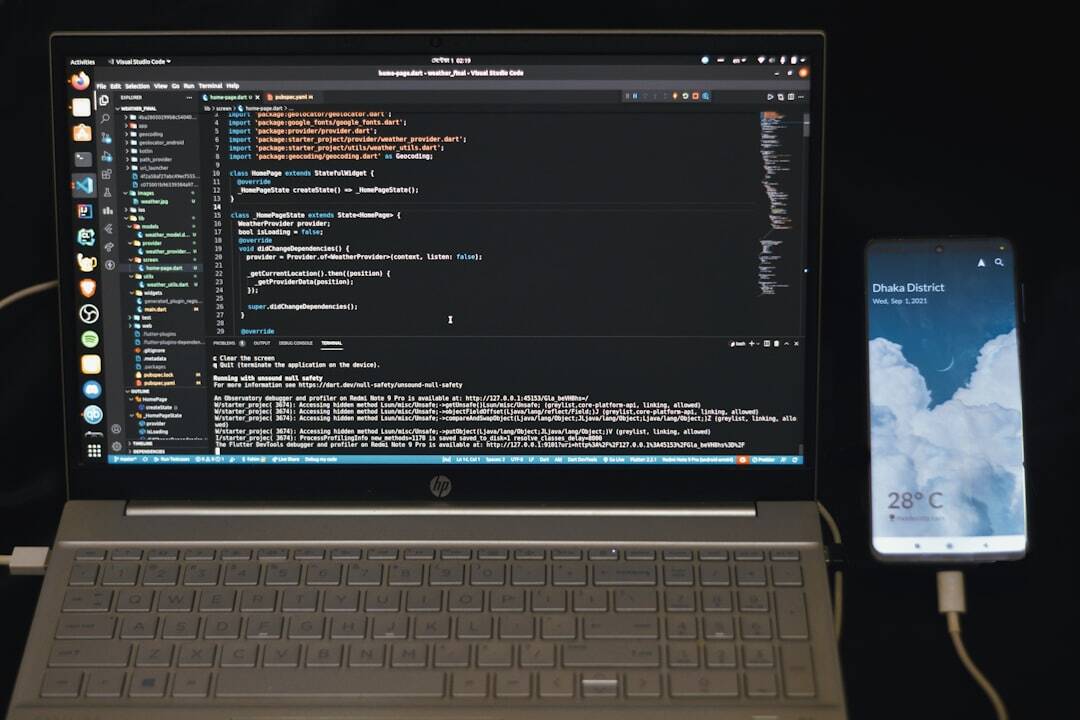Shotcut is a popular free video editor. It’s used by hobbyists, vloggers, and even pros who prefer open-source tools. But recently, many users hit a frustrating wall. Shotcut simply refuses to import HEVC files!
Why is this happening? It turns out there’s a bit of technical wizardry behind the scenes. And even better, a recent update to FFmpeg just made the whole experience a lot smoother. Let’s break this down simply and have a little fun with it!
TLDR (Too Long; Didn’t Read):
Shotcut users were confused when their HEVC videos wouldn’t load. It wasn’t a bug—it was about licensing and FFmpeg limitations. A newer FFmpeg build now enables full hardware decoding, making things faster and smoother. If you update your Shotcut and FFmpeg, life gets way better.
What’s HEVC and Why Should You Care?
HEVC stands for High Efficiency Video Coding. It’s also known as H.265. Basically, it’s a way to compress video so it takes up less space—without losing quality.
Imagine you shot a beautiful 4K video of your cat doing a backflip. With HEVC, that clip could be half the size compared to older formats like H.264—but look just as good.
So what’s the problem? Well, HEVC is a little complicated. Because it’s newer and heavily patented, not all software comes ready to handle it—especially for free.
Shotcut used to support HEVC playback and editing, but some users noticed it suddenly… didn’t.
Let’s find out what happened.
The Licensing Issue Nobody Talks About
Free, open-source programs like Shotcut rely on FFmpeg to handle video formats behind the curtain. FFmpeg is the real MVP—it supports nearly every audio and video codec out there.
But with HEVC, things get tricky. Because licensing HEVC is expensive and legally messy, many FFmpeg builds simply don’t include HEVC support out of the box. Even hardware manufacturers have to pay to use it.
So when Shotcut users ran into HEVC import problems, it wasn’t because Shotcut broke—it was because:
- Their system’s FFmpeg didn’t include HEVC decoding
- Shotcut had no way to read the file without FFmpeg’s help
It’s like trying to read a book written in a language you don’t understand, and your translator didn’t show up.
What Changed With the New FFmpeg Build?
Great news! The brains behind FFmpeg released a new build that includes full hardware-based HEVC decoding. This means your graphics card (GPU) can now help decode those HEVC files quickly and efficiently!
Here’s the exciting part:
- Video playback is smoother
- Editing scrubs faster and is more responsive
- Your CPU can take a break because the GPU is doing the hard work
But only if your hardware supports it. Most modern GPUs do—especially from NVIDIA and AMD.

How to Get HEVC Working Again in Shotcut
Now that FFmpeg supports hardware decoding, you just need to update a few things.
Step 1: Update Shotcut
Shotcut regularly updates its software to include better compatibility and bug fixes. Make sure you’re running a version that supports HEVC decoding through hardware acceleration.
Step 2: Install the Right FFmpeg Build
Head to the official FFmpeg site or a trusted third-party distributor. Download a build that includes the libx265 codec and hardware acceleration features (like NVDEC, VAAPI, or DXVA2 depending on your system).
Don’t know what those acronyms are? Don’t worry. They’re essentially the parts that help your graphics card pitch in.
Step 3: Configure Shotcut to Use Hardware Decoding
Open Shotcut and go to:
- Settings > Preferences
- Look for Hardware Decoder
- Select what’s best for your system (e.g., NVDEC for NVIDIA GPUs)
Restart Shotcut, and boom—your HEVC videos should now import without a hitch!
How To Check If It’s Working
If you’re a curious cat, you might want to know if hardware decoding is actually doing anything.
Open Task Manager (Windows) or Activity Monitor (Mac). Play a HEVC video in Shotcut. Look for GPU activity. If your graphics card is doing some heavy lifting, it’s working!
Image not found in postmeta
What If It Still Doesn’t Work?
Sometimes things get funky. If you’ve followed the steps and Shotcut still gives you the cold shoulder, try these backup strategies:
- Convert Your HEVC File – Use a tool like HandBrake or FFmpeg directly to convert your file from HEVC to H.264.
- Check Your Drivers – Make sure your GPU drivers are up to date.
- Use a Different FFmpeg Build – Not all builds are the same. Some include hardware support; others don’t.
Still no luck? Hop onto Shotcut’s forums. The community is super active and helpful!
Why Hardware Decoding Matters (A Lot)
Without hardware decoding, your CPU does all the work. And it’s not exactly thrilled about that, especially with 4K or high bitrate content.
With hardware decoding, your GPU—designed for video—starts handling the playback. This means:
- Less lag
- Better timelines
- Happier computer
It’s like asking a race car to do the job of a tractor before—you can do it, but it’s not ideal. With proper hardware support, each part of your system does what it’s best at.
The HEVC Future Looks Bright
We’re seeing more cameras and smartphones record in HEVC every day. Apple loves HEVC. So does GoPro. And social media platforms like Instagram and TikTok appreciate the smaller file sizes.
So while it can be a hassle now, getting HEVC fully working is a good investment in your future sanity.
And now, thanks to the new FFmpeg builds, it’s easier than ever.
Conclusion
Shotcut didn’t “break”—it just needed help understanding HEVC video files. And now, with the updated FFmpeg and improved hardware decoding support, Shotcut is back in action.
If you’re using HEVC and hitting a wall, just update everything and tell your GPU to join the party.
That 4K backflipping cat video deserves to be seen—and edited—without hiccups!